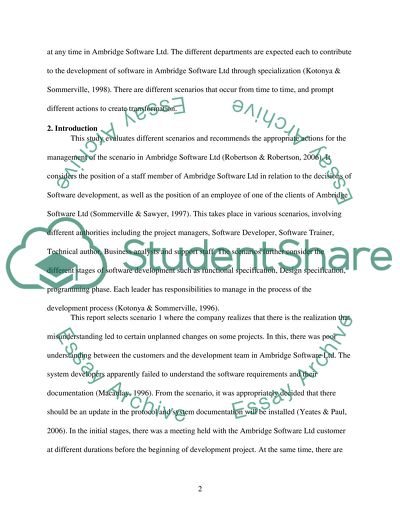Cite this document
(“Business Analysis & Requirements Frameworks Essay”, n.d.)
Retrieved from https://studentshare.org/information-technology/1494297-business-analysis-requirements-frameworks
Retrieved from https://studentshare.org/information-technology/1494297-business-analysis-requirements-frameworks
(Business Analysis & Requirements Frameworks Essay)
https://studentshare.org/information-technology/1494297-business-analysis-requirements-frameworks.
https://studentshare.org/information-technology/1494297-business-analysis-requirements-frameworks.
“Business Analysis & Requirements Frameworks Essay”, n.d. https://studentshare.org/information-technology/1494297-business-analysis-requirements-frameworks.


